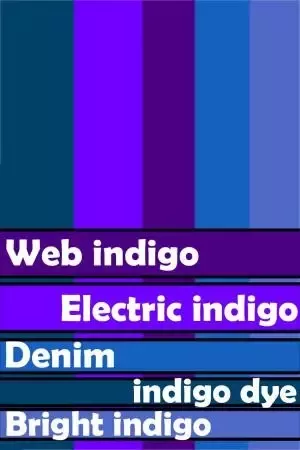Indigo Denim Yarn Pricing and Options for Your Textile Needs
Understanding the Pricing of Indigo Denim Yarn
Indigo denim yarn has long been a staple in the textile industry, serving as the fundamental material for the production of denim fabric. As fashion trends evolve and consumer preferences fluctuate, the pricing of indigo denim yarn remains a crucial factor for manufacturers, designers, and retailers. In this article, we will explore the various elements that influence the price of indigo denim yarn, the trends observed in the indigo denim yarn price list, and the implications for the denim industry.
Understanding the Pricing of Indigo Denim Yarn
Another critical aspect influencing prices is the market demand and supply dynamics. The popularity of denim products fluctuates with fashion seasons, economic conditions, and consumer behavior. In periods of high demand for denim—such as during seasonal promotions or fashion weeks—prices for indigo denim yarn may rise due to increased competition among manufacturers looking to secure quality materials. Conversely, during economic downturns, demand might decrease, leading to potential price drops as suppliers aim to clear out inventory.
indigo denim yarn pricelist

Geopolitical factors, such as trade policies and tariffs, can also impact indigo denim yarn pricing. For instance, changes in import duties on cotton or restrictions on dye chemicals imported from certain countries can alter the cost structure for yarn manufacturers. Businesses must stay informed about global trends and trade agreements that could affect their supply chains and, subsequently, the prices they charge for indigo denim yarn.
Technological advancements in the dyeing and spinning processes can further influence the pricing landscape. Innovations that enhance efficiency or reduce environmental impact, such as waterless dyeing technologies, may involve upfront investments but can result in long-term cost savings. Companies adopting such technologies might command premium pricing for their environmentally friendly yarns, appealing to a growing market of eco-conscious consumers.
Additionally, sustainability practices are shaping modern consumer preferences, increasingly favoring ethical sourcing and production methods. As brands respond to this shift by investing in sustainable sources and practices, the cost of indigo denim yarn may increase due to the higher expense of organic materials or certified production processes.
In conclusion, the pricing of indigo denim yarn is influenced by a variety of interconnected factors, including raw material quality, market demand, geopolitical circumstances, technological advancements, and sustainability considerations. For manufacturers and retailers in the denim industry, understanding these elements is critical for making informed purchasing decisions and establishing competitive pricing strategies. As trends continue to evolve, staying ahead of the pricing dynamics in the indigo denim yarn market will be essential for success in this iconic and ever-popular sector of the fashion industry.
-
The Timeless Art of Denim Indigo Dye
NewsJul.01,2025
-
The Rise of Sulfur Dyed Denim
NewsJul.01,2025
-
The Rich Revival of the Best Indigo Dye
NewsJul.01,2025
-
The Enduring Strength of Sulphur Black
NewsJul.01,2025
-
The Ancient Art of Chinese Indigo Dye
NewsJul.01,2025
-
Industry Power of Indigo
NewsJul.01,2025
-
Black Sulfur is Leading the Next Wave
NewsJul.01,2025

Sulphur Black
1.Name: sulphur black; Sulfur Black; Sulphur Black 1;
2.Structure formula:
3.Molecule formula: C6H4N2O5
4.CAS No.: 1326-82-5
5.HS code: 32041911
6.Product specification:Appearance:black phosphorus flakes; black liquid

Bromo Indigo; Vat Bromo-Indigo; C.I.Vat Blue 5
1.Name: Bromo indigo; Vat bromo-indigo; C.I.Vat blue 5;
2.Structure formula:
3.Molecule formula: C16H6Br4N2O2
4.CAS No.: 2475-31-2
5.HS code: 3204151000 6.Major usage and instruction: Be mainly used to dye cotton fabrics.

Indigo Blue Vat Blue
1.Name: indigo blue,vat blue 1,
2.Structure formula:
3.Molecule formula: C16H10N2O2
4.. CAS No.: 482-89-3
5.Molecule weight: 262.62
6.HS code: 3204151000
7.Major usage and instruction: Be mainly used to dye cotton fabrics.

